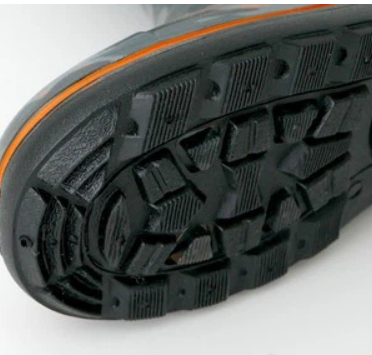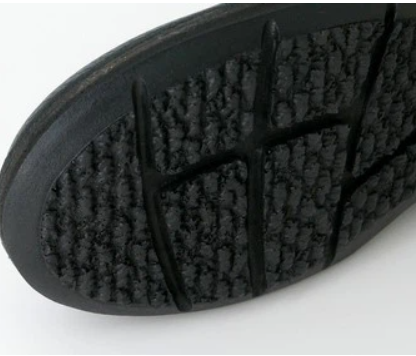When it comes to footwear, the type of shoes sole plays a crucial role in determining comfort, traction, and durability. In this comprehensive guide, we will explore various types of shoe soles, highlighting their unique properties and characteristics. From rubber to PVC, PU to EVA, each material offers distinct advantages and is used in different applications within the footwear industry. Join us as we delve into the world of shoe soles and discover which type is best suited for your needs.
Rubber Soles
Rubber outsoles have long been favored for their slip-resistant properties and moderate elasticity. Utilizing a mixture of reinforcing agents, vulcanizing agents, accelerators, and anti-aging agents, rubber soles undergo a process called vulcanization to enhance their durability. Natural rubber, derived from rubber trees, offers excellent strength and elasticity. On the other hand, synthetic rubber, such as Styrene-Butadiene Rubber (SBR), produced from petroleum, provides good abrasion resistance and aging resistance.

PVC (Polyvinyl Chloride) Soles
PVC is a widely used plastic material known for its versatility. While it is easy to manufacture, it tends to become rigid at low temperatures, limiting its use in certain products. PVC soles are commonly found in footwear where flexibility is not a primary concern. They offer good durability but may not provide optimal comfort and flexibility.

PU (Polyurethane) Soles
PU outsoles are known for their excellent abrasion resistance, resilience, and oil resistance. Comparatively lighter than rubber, PU soles are often favored for their lightweight and comfortable qualities. PU is a thermoplastic resin. And there are different types available, including TPU (Thermoplastic Polyurethane) and foamed PU, which is used in a sponge-like form. TPU soles offer enhanced durability and stability, while foamed PU provides added cushioning and comfort.

EVA (Ethylene Vinyl Acetate) Soles
People commly use EVA in shoe soles bacause of its extremely lightweight. While it may have lower wear resistance, slip resistance, and durability compared to other materials, EVA soles can be blended with rubber or other resins to enhance their overall performance. EVA soles are popular in athletic and casual footwear due to their lightweight nature and cushioning properties.

Choosing the right type of shoes sole is essential for achieving optimal comfort and performance. From the slip-resistant rubber to the versatile PVC, the abrasion-resistant PU to the lightweight EVA, each material offers unique characteristics suitable for different footwear applications. Consider your specific needs, such as traction, durability, and flexibility, when selecting footwear with the perfect sole. With a better understanding of the various types of shoe soles, you can make an informed decision and enjoy comfortable and functional footwear for every occasion.
